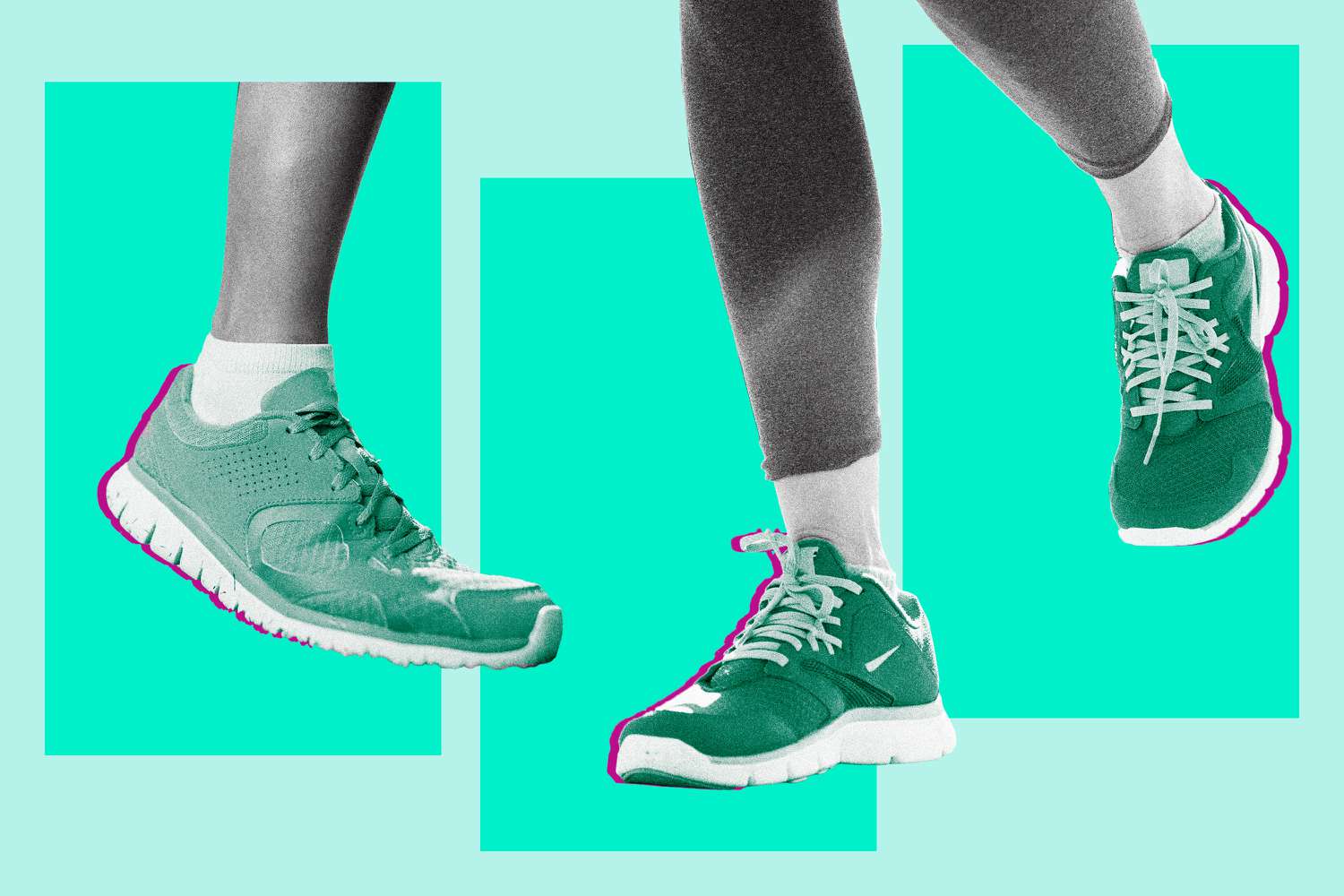Understanding Overpronation vs. Underpronation: Key Differences and Treatment Options

Unless you're a catwalk model or an anatomy super-nerd, you probably haven’t given a lot of thought to your gait. But the truth is, the way your foot strikes the ground when you walk or run can have a profound impact on bodily aches and pains. If left unaddressed, misalignments can even lead to impaired mobility—a disaster for your training regimen.
If you’ve ever wobbled through tree pose in a yoga class, you know the joints and tendons in the foot and ankle are made to move. They allow us to shift our weight in response to terrain or activity, absorbing impact, maintaining stability, and generally preventing injury.
For some of us, though, structural differences like exceptionally high or low arches cause the feet to roll too far inward (overpronation) or outward (underpronation), setting off a chain reaction of anatomical issues over time. Thankfully, there’s an easy fix that can help overpronation and underpronation.
The best pair of sneakers—paired with an appropriate strength training and stretching routine—will keep your gait correctly aligned. This guide will not only help you pinpoint the problem but also learn what to look for in a supportive sneaker.
Let’s envision a normal gait. You hit the ground with the middle of your heel, then roll forward over the arch, distributing weight into the long bones known as the metatarsals. Then the foot rolls slightly inward across the ball before you push off of the big toe.
However, overpronation happens when instability in your subtalar joint, where the bones of the heel and ankle meet, cause your foot to roll too far inward, flattening the arch. A little pronation—about 15 percent—is normal and essential. But pronating more than that and you could be at risk for issues such as:
Conversely, underpronation (or supination) occurs when your foot rolls too far outward, creating an abnormally high arch and putting pressure on the baby toe. Too much supination can create problems that include:
If any of the above issues sound familiar, that’s a strong sign your gait alignment could be off. A healthcare provider can assess your feet and recommend a plan of treatment. But for a quick and easy test you can do at home, take a look at your shoes.
Consider if soles look evenly worn or if are they flatter or smoother on one side than the other. If you see more wear near the inside of the ball of the foot and the big toe, you could be an overpronator. If it’s the outer edge of the foot, near the baby toe that’s flattened, underpronation could be the culprit.
Overpronators tend to have a low arch, so wearing a very flat shoe like a ballet pump or barefoot running shoes will only increase the risk of developing issues like plantar fasciitis or tendonitis. Justin Greisberg, MD, chief of orthopaedic trauma at New York-Presbyterian Westchester, recommends looking for shoes with arch support and a little heel height to prevent that inward roll motion.
'Most sneakers are built that way—with an elevated heel and some arch support,' Dr. Greisberg explains. 'But overpronators should not look for a shoe with the biggest arch in it; this will feel unnatural and uncomfortable as it pushes up on the arch.”
For underpronators, who typically have a high arch, shoes with a wide heel and very tall internal arch support will feel more supportive, reducing the risk of ankle sprains.
'A higher arch foot also tends to be taller across the middle of the foot (the instep),' says Dr Greisberg. 'So an underpronater needs to be sure there is enough space inside the shoe for the higher instep.'
If you feel pain on the top of your foot, under the laces, that’s a sign the shoe isn’t spacious enough to accommodate your in-step. Look for something that supports your arches, but is also comfortable.
Most modern shoes have an insole and sole made from synthetic materials. This makes them supremely effective at providing cushioning and shock absorption on hard surfaces like city streets but can make them more vulnerable to everyday wear and damage.
'A shoe may be worn out long before it looks worn out,' warns Dr Greisberg. 'If the insole looks seriously indented from foot pressure, or if the tread on the sole is worn all the way down in spots, it may be time to get new shoes.'
It’s very common for underpronators and overpronators to experience pain in the foot, especially under the heel. Plus, even a small degree of misalignment can have consequences for the entire body, so you might find yourself dealing with additional knee, hip, and back pain as a result of your underpronated or overpronated gait.
'[Pain] may be a sign that the current shoes have lost their support, and sometimes a fresh pair of walking shoes or sneakers may be enough to relieve it,' says Dr. Greisberg.




